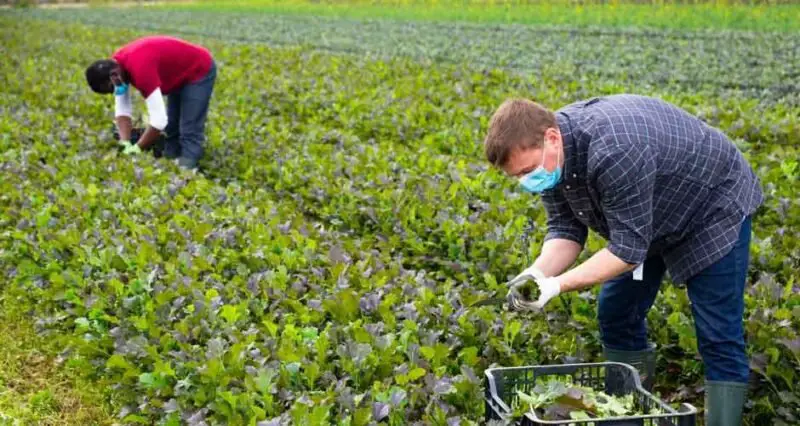
Farming is a cornerstone of our society, providing food and resources essential for sustaining life. From heavy machinery, unforgiving terrain, and unpredictable livestock, agriculture workers face a myriad of risks daily. In this article, we delve into the common injuries and causes of fatalities among farm workersin order to highlight the importance of workplace safety measures for Americans working in this industry.
Farm Worker Injury Stats
Before delving into specific injuries, it’s crucial to understand the scope of the issue. In 2020, 2.1 million workers were employed in production agriculture throughout the US, highlighting the importance of safety. However, the agricultural industry is also one of the most hazardous sectors for workers because it has the highest rate of fatality of any other industry. The CDC also reports that in 2020 there were 11,080 injuries in the agrigultural production industry that required workers to take days off work. Employers in the agricultural sector must prioritize safety protocols and provide adequate training to mitigate the risks faced by farm workers, as negligence in maintaining a safe working environment can highten these dangers.
Transportation Accidents
Transportation-related incidents are the leading cause of injuries and fatalities for farm workers. The US Bureau of Labor Statistics reported that in 2021, 1982 workers died from transportation related accidents. This includes roadway crashes, operating tractors, trucks, and more. Navigating farm terrain can be hazardous, especially considering the long hours often worked during planting and harvest seasons. Factors such as human error, limited visibility, and equipment malfunctions increase the risk of accidents on rural roads and within farm premises.
Toxic Exposure
Exposure to hazardous chemicals and pesticides is a pervasive risk for farm workers, leading to acute and chronic health issues. Toxic exposure is the third leading cause of death amongst farm employees. Pesticides, fertilizers, and other agrochemicals are commonly used in agriculture to enhance crop yields and control pests. However, improper handling or accidental exposure can result in poisoning, respiratory problems, or neurological disorders. Adequate training, proper storage, and the use of personal protective equipment are essential for minimizing the risks associated with toxic exposure.
Slips, Trips, and Falls
Falls are another common cause of injuries among farm workers, particularly those working at heights or on elevated surfaces. In 2021, 850 agriculture workers passed away from slip, trips, or falls, making it the second leading cause of death in this industry. Whether climbing ladders, tripping on cords, or navigating wet surfaces, farm workers are vulnerable to falls that can result in fractures, head injuries, and fatalities. Proper safety measures such as fall protection equipment and regular maintenance of work surfaces are essential for mitigating these risks.
Burns
Another common source of fatality and injuries is fires and explosions. There are a myriad of ways fires can start on farms such as overheated machinery, controlled field burns getting out of control, and electrical shorts in processing facilities. It was reported that 76 fatalities happened in 2021 as a result of fires and explosions. Burns can range from minor to severe, requiring immediate medical attention and potentially causing long-term disabilities.
Animal Injuries
Livestock handling is an inherent part of many farm operations, but it also poses significant risks to workers. Farm workers may encounter aggressive animals, unpredictable behavior, or handling-related injuries such as kicks, bites, or crush injuries. Additionally, diseases transmitted from animals to humans further compound the health risks associated with animal handling.
Suffocation
In confined spaces such as grain bins or silos, suffocation poses a significant risk to farm workers. Engulfment in grain or other stored materials can occur suddenly as it acts like quicksand, and without warning, trapping workers and leading to suffocation. The combination of fine particles and lack of oxygen in confined spaces creates a deadly environment, emphasizing the importance of proper safety protocols and equipment for grain handling operations.
Safety for Farm Workers
Farm work is vital to our society, but it comes with inherent risks that can lead to serious injuries or fatalities for workers. From transportation accidents to toxic exposure and animal-related injuries, farm workers face a myriad of hazards daily. Employers, policymakers, and stakeholders must prioritize workplace safety measures, including comprehensive training, proper equipment, and regulatory compliance, to protect the health and well-being of farm workers. By raising awareness of common injuries and implementing preventive measures, we can create safer environments for those who dedicate their lives to feeding our communities.

